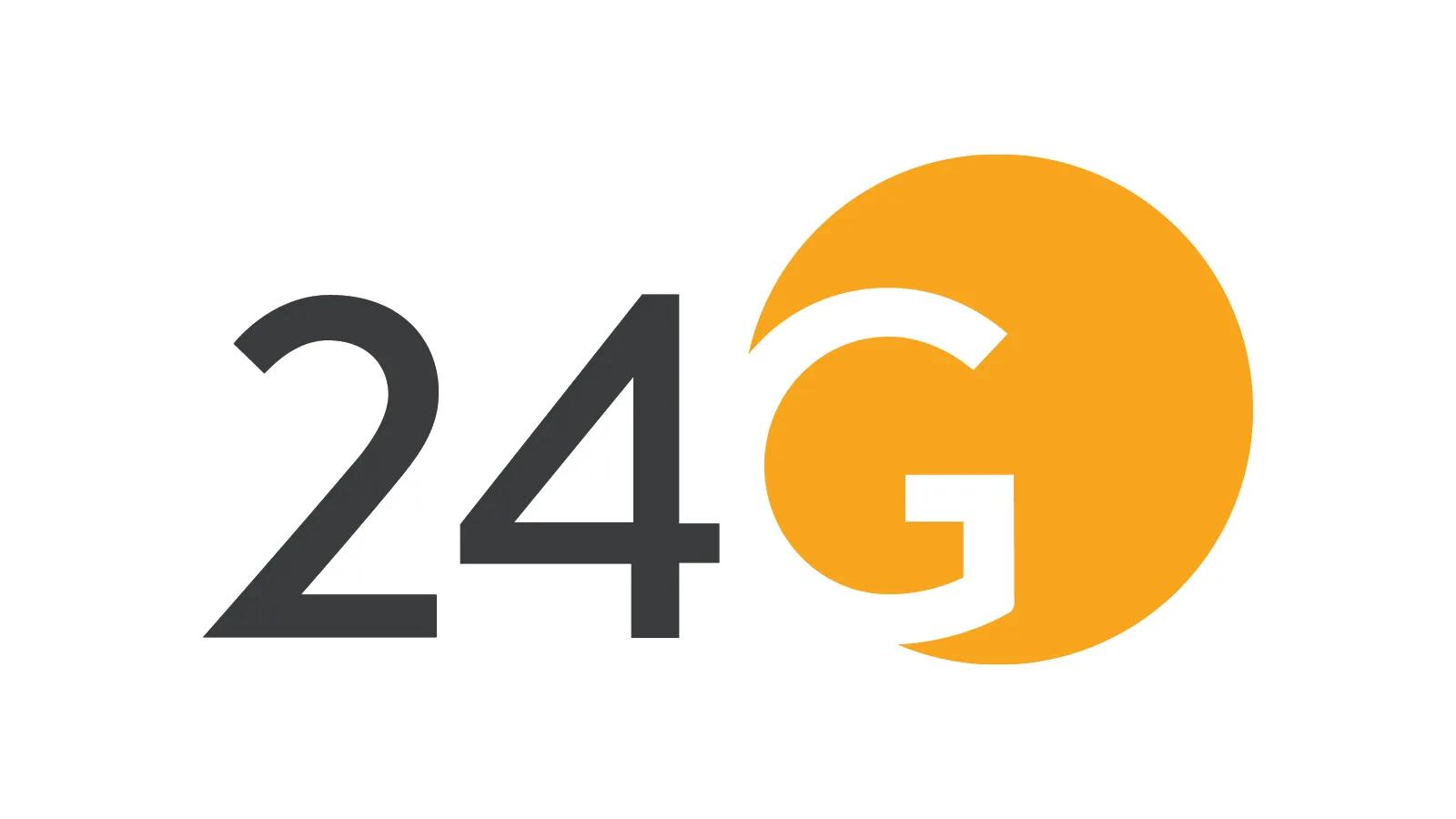ATD Blog
Beyond Training: Creating a Connected Learning Journey
Thu Sep 05 2024

In my 17 years in training and workforce development, I’ve witnessed a significant transformation that parallels the technological convergence we’ve seen in mobile phones. Mobile phones began as single-use devices for voice communication, evolved to include text messaging, QWERTY keyboards, touch screens, and now host apps for nearly every conceivable need. Technologists predicted this convergence years before it became a reality, fundamentally changing user habits, creating new expectations, and facilitating our always-on, always-connected, ever-changing world.
Today, the majority of the workforce was born into this digital world, yet our training methodologies have not kept pace with evolving user expectations. The pressure on learning and skill development functions is no longer annual or fixed; it’s dynamic. Products, goods, and services we train on are moving targets, and with the mobility of the modern workforce, so are our learners. Like their phones, employees expect an always-on, always-connected experience. They no longer want to navigate multiple platforms for training, communication, conferences, performance tracking, and rewards.
This convergence in expectations necessitates a shift in mindset. We are no longer just trainers; we must adopt the mindset of marketers, connecting our strategies from training to communication to rewards and recognition into one cohesive, connected learning journey.
The Era of Dynamic Learning
The traditional model of static, periodic training sessions is becoming obsolete. Organizations must move toward a dynamic learning model, where continuous skill development and talent nurturing are integral parts of the employee experience. This shift is driven by several factors:
Accelerated Product Life Cycles: As product life cycles shorten, training must keep pace with rapid changes in technology, customer preferences, and market demands. Employees need immediate access to the latest information and skills to remain competitive and effective.
Remote and Global Workforce: The rise of remote work and global teams demands flexible and accessible training solutions. Employees must be able to learn anytime, anywhere, on any device, ensuring that learning fits into their daily routines.
Hyper Personalized Learning: Just as users personalize their smartphone apps to fit their lifestyles, employees now expect personalized learning paths that cater to their skills, roles, and career aspirations. Adaptive AI learning technologies and data-driven insights enable the creation of tailored experiences that meet individual needs.
Integrating Training, Communication, and Recognition
To meet these new expectations, training programs must be integrated with communication and recognition strategies, creating a unified learning ecosystem. Here’s how organizations can achieve this:
Unified Platforms: Implement integrated platforms that provide a one-stop shop for learning, communication, and performance management. These platforms should offer a user-friendly interface, accessible via mobile devices, ensuring that employees can easily access all resources.
Continuous Feedback Loops: Foster a culture of continuous feedback, where employees receive real-time insights into their performance and development. This approach encourages ongoing improvement and helps employees feel valued and recognized for their contributions.
Cross-Functional Collaboration: Encourage collaboration between training, HR, marketing, product, and IT teams to develop cohesive strategies that align with business goals. This cross-functional approach ensures that all aspects of the employee experience are interconnected and reinforce each other.
The Marketer Mindset
Adopting a marketer mindset means viewing training as a holistic journey rather than a series of isolated events. It requires understanding the employee experience from end to end and crafting narratives and connected strategies that resonate with learners. Here are key elements of this approach:
Storytelling: Use storytelling techniques to create engaging learning experiences that captivate employees’ attention and foster emotional connections. Compelling narratives make training content more memorable and relatable.
Gamification and Rewards: Incorporate gamification elements and rewards to motivate and engage employees. Leaderboards, badges, and point systems can drive healthy competition and encourage active participation.
Data-Driven Insights: Leverage unified data analytics to gain insights into learning behaviors and preferences. These insights enable organizations to continuously refine and optimize their training programs to better meet employees’ needs.
Campaign-Based Learning: Develop modularity in your learning content architecture to create ongoing continuous learning campaigns. These campaigns can adapt based on market dynamics and conversion data, ensuring that learning remains relevant and effective.
Embracing the Future
The convergence of talent and skill development is not just a trend; it’s a necessity in today’s fast-paced, digital world. By adopting a holistic, integrated approach to training, communication, and recognition, organizations can create a connected learning journey that meets the expectations of the modern workforce. This shift requires a marketer mindset, where learning is personalized, dynamic, and seamlessly integrated into the employee experience, ensuring that organizations remain agile, competitive, and ready for the future.
More from ATD



